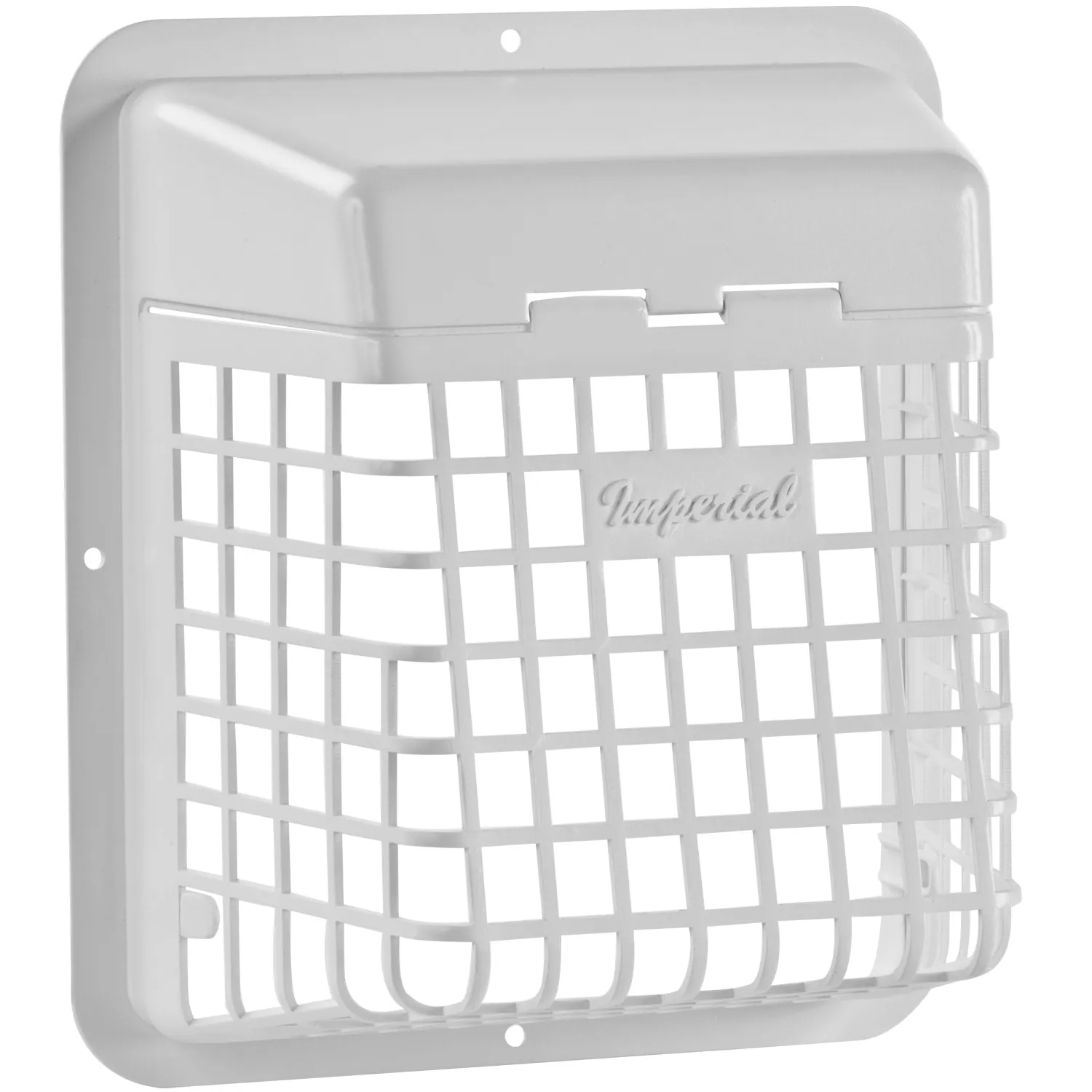

Articles
How To Keep Birds Out Of Dryer Vent
Modified: October 20, 2024
Learn effective methods to keep birds from nesting in your dryer vent. Read our informative articles for helpful tips and solutions.
(Many of the links in this article redirect to a specific reviewed product. Your purchase of these products through affiliate links helps to generate commission for Storables.com, at no extra cost. Learn more)
Introduction
Dryers are essential appliances in modern homes, providing convenience and efficiency when it comes to drying our clothes. However, dryer vents can often become a prime nesting spot for birds. The warm air, cozy confines, and easy access are incredibly tempting to these winged creatures. While it may seem harmless at first, having birds in your dryer vent can lead to a variety of problems.
In this article, we will explore why birds are attracted to dryer vents, the potential problems they can cause, and the methods you can employ to keep them out.
Dryer vents provide an ideal environment for birds due to their warm and secure nature. The exhaust from the dryer creates a warm and comfortable spot for birds to nest. Additionally, dryer vents are typically located on the exterior of homes, providing easy access for birds to come and go as they please.
Not only can birds become a nuisance, but they can also create serious issues for your dryer and home. The accumulation of bird nests and debris in the vent can block the airflow, leading to decreased dryer efficiency and potential fire hazards.
Fortunately, there are methods that can help deter birds from your dryer vents and prevent future problems. Let’s explore some of these methods in more detail:
Key Takeaways:
- Prevent birds from nesting in your dryer vent by installing a bird guard, using deterrents, and cleaning the vent regularly. These methods ensure a safe and efficient drying environment while maintaining proper airflow.
- Sealing entry points and employing a combination of prevention methods can effectively keep birds out of your dryer vent, minimizing the risks associated with bird infestations and maintaining a safe and efficient drying process for your clothes.
Read more: How To Keep Rodents Out Of A Dryer Vent
Why Birds are Attracted to Dryer Vents
There are several reasons why birds are drawn to dryer vents. Understanding these factors can help you better address the issue and implement effective methods to keep them away.
1. Warmth and Shelter: Dryer vents emit warm air, especially when the dryer is in use. This warmth is appealing to birds, especially during colder months or in regions with cooler climates. The cozy and protected environment inside the vent provides a safe haven for birds to nest and stay warm.
2. Easy Access: Dryer vents are often located on the exterior of buildings, providing birds with easy access. They can simply fly in and out of the vent, making it an attractive spot for nesting. Birds can enter through the vent openings and build their nests inside the ducts.
3. Protection from Predators: Dryer vents are typically elevated and offer protection from ground-based predators, such as cats and raccoons. This makes them an attractive nesting place for birds, as it minimizes the risk of their eggs or young being preyed upon.
4. Nesting Materials: Dryer vents can provide birds with an abundant supply of nesting materials. Lint and other debris from the dryer accumulate in the vents, creating a cozy and soft lining for bird nests. Birds will often take advantage of this ready-made resource to construct their nests.
It’s important to note that birds nesting in dryer vents is a common occurrence. While it might be inconvenient for homeowners, it’s essential to handle the situation in a humane and effective manner to prevent any further problems.
In the next sections, we will explore the potential problems that can arise from birds in dryer vents and methods to keep them out.
Potential Problems Caused by Birds in Dryer Vents
While it may seem harmless to have birds nesting in your dryer vent, there are several potential problems that can arise from this situation. It’s essential to address these issues promptly to avoid further complications.
1. Blockage of Airflow: When birds build their nests in the dryer vent, it can lead to a blockage of airflow. This restricts the proper ventilation of your dryer, resulting in reduced drying efficiency. Clothes may take longer to dry, and you may notice increased energy consumption due to the extended drying cycles.
2. Fire Hazard: A blocked dryer vent can create a fire hazard. The lint and debris from the nests can accumulate in the vent, and when combined with the heat generated by the dryer, it becomes highly flammable. This buildup can ignite and lead to a dangerous dryer vent fire.
3. Health Risks: Bird droppings, feathers, and debris from nests can enter the dryer vent and potentially contaminate the air circulating inside your home. Inhaling these particles may pose respiratory risks, especially for individuals with allergies, asthma, or other respiratory conditions.
4. Damage to the Dryer System: Birds may not only build nests in the dryer vent but also inside the dryer itself. This can cause damage to the internal components of the appliance, resulting in malfunctions or costly repairs.
5. Unpleasant Odors: As the nesting materials accumulate and debris builds up in the dryer vent, unpleasant odors can develop. The combination of bird droppings and organic matter can create a foul smell that permeates your laundry room and home.
6. Infestation of Pests: Bird nests left unaddressed in the dryer vent can attract other pests, such as insects, rodents, or even other birds. This can lead to further infestations and potential damage to your home.
To avoid these potential problems, it is crucial to take effective measures to keep birds out of your dryer vents. In the next sections, we will discuss some methods you can employ to deter birds from nesting in these areas and maintain a safe and functional dryer system.
Methods to Keep Birds Out of Dryer Vents
To prevent birds from nesting in your dryer vents and avoid the associated problems, there are several effective methods you can employ. By implementing these techniques, you can maintain the functionality of your dryer and ensure the safety of your home.
1. Installing a Bird Guard or Cover: One of the most effective ways to keep birds out of your dryer vents is by installing a bird guard or cover. These specially designed accessories attach to the vent opening and create a barrier that prevents birds from entering. Bird guards can be made of metal, plastic, or wire mesh and come in various sizes to fit different vents. Ensure that you choose a bird guard that is durable, easy to clean, and allows for proper ventilation.
2. Using Bird Deterrents: Another method to discourage birds from nesting in your dryer vents is to use bird deterrents. These can include visual or auditory devices that create a deterrent effect. Reflective tape, holographic bird scares, or predator decoys can be placed near the vent opening to scare birds away. Additionally, sonic devices that emit bird distress calls or ultrasonic frequencies can help repel birds effectively. It’s important to rotate or change the location of these deterrents periodically to prevent birds from becoming accustomed to them.
3. Regularly Cleaning the Dryer Vent: Maintaining a clean dryer vent is crucial in preventing birds from nesting. Regularly clean the vent and remove any debris, lint, or nesting materials that may have accumulated. Use a vent cleaning brush or a vacuum with a long hose attachment to reach inside the vent and thoroughly remove any blockages. Cleaning the vent not only deters birds but also improves the efficiency and safety of your dryer.
4. Sealing Any Entry Points: Inspect the area around your dryer vent for any gaps, cracks, or openings that birds can exploit. Seal these entry points using caulk or weatherstripping to prevent birds from gaining access to the vent. It’s important to address any potential entry points not only around the vent but also in the surrounding area to ensure complete bird prevention.
5. Professional Assistance: If you are facing persistent bird nesting issues in your dryer vents, it may be beneficial to seek professional assistance. Pest control experts or bird control specialists can help assess the situation, provide effective solutions, and implement bird exclusion techniques tailored to your specific needs.
By implementing these methods, you can significantly reduce the likelihood of birds nesting in your dryer vents and maintain the efficiency and safety of your dryer system. Regular monitoring and maintenance are key to ensuring long-term bird prevention and avoiding any potential problems that may arise from their presence.
Remember to always approach bird prevention in an ethical and humane manner, ensuring the well-being of both the birds and your dryer system.
Installing a Bird Guard or Cover
Installing a bird guard or cover over your dryer vent is one of the most effective methods to keep birds out. These specially designed accessories create a physical barrier that prevents birds from entering the vent while still allowing proper airflow for your dryer.
When choosing a bird guard or cover, consider the material, durability, and size. Opt for a guard that is made of sturdy materials such as metal, plastic, or wire mesh. These materials are resistant to bird pecking and weathering. Ensure that the guard is easy to clean and maintain, as it may accumulate debris over time.
Installing a bird guard or cover is a relatively simple process that can be done by following these steps:
- Turn off the dryer: Before starting any installation work, make sure to turn off the dryer and unplug it from the power source. Safety should always be a priority.
- Locate the vent opening: Find the exterior vent opening for your dryer. It is usually located on an exterior wall or on the roof.
- Clean the area: Before installing the bird guard, make sure the area around the vent opening is clean and free from debris. Remove any existing nests or obstructions.
- Measure the vent opening: Measure the dimensions of the vent opening to ensure you select the right size bird guard or cover. It should fit securely without any gaps around the edges.
- Attach the bird guard: Carefully attach the bird guard or cover to the vent opening. Follow the manufacturer’s instructions for proper installation. Some guards may require screws or clips to secure them in place.
- Regular maintenance: Periodically inspect the bird guard to ensure it is still securely in place. Clean the guard and remove any debris or nesting materials that may accumulate over time.
By installing a bird guard or cover, you create a physical barrier that deters birds from nesting in your dryer vent. It is essential to choose a high-quality guard that fits securely and allows for proper ventilation. Regular maintenance and cleaning will help ensure the guard remains effective in keeping birds out.
Remember to periodically check the guard for any signs of damage or wear. If you notice any issues, repair or replace the guard as needed to maintain its effectiveness.
Along with installing a bird guard or cover, it is beneficial to employ additional methods, such as using bird deterrents and regularly cleaning the dryer vent, to further discourage birds from nesting in your dryer vent. By combining these strategies, you can effectively prevent bird-related problems and ensure the optimal performance of your dryer system.
Install a bird guard or vent cover over the dryer vent to prevent birds from entering. Regularly check and clean the vent to ensure it remains clear of debris.
Read more: How To Keep Birds Out Of The Garden
Using Bird Deterrents
Another effective method to deter birds from nesting in your dryer vent is by using bird deterrents. These deterrents create visual or auditory stimuli that make the vent area less appealing to birds. By creating an unfavorable environment, you can discourage birds from nesting in the vicinity.
Here are some commonly used bird deterrents:
Visual Deterrents: Visual deterrents aim to scare birds away by creating the illusion of a threat or danger. Some effective visual deterrents include:
1. Reflective tape: Hang strips of reflective tape near the vent opening. The sunlight reflecting off the tape creates a flickering effect that can startle and deter birds.
2. Holographic bird scares: These visual devices create a moving, reflective pattern that imitates the appearance of a predator. Place them near the vent to ward off birds.
3. Predator decoys: Placing a decoy predator, such as a plastic owl or hawk, near the vent can intimidate birds and discourage them from nesting.
Auditory Deterrents: Auditory deterrents make use of sound to create discomfort or fear in birds. Some examples include:
1. Bird distress calls: Certain devices emit distress calls of predators or distress signals of other birds. These calls act as a warning to birds, signaling them to stay away.
2. Ultrasonic devices: Ultrasonic devices emit high-frequency sound waves that are irritating to birds but not audible to humans. These devices deter birds without causing disturbance to people.
It’s important to note that, over time, birds can become accustomed to specific deterrents. To maximize their effectiveness, rotate the deterrents or change their location periodically to prevent birds from adapting to them.
When using bird deterrents, observe local regulations and guidelines regarding the placement of such devices. Some areas may have restrictions on the use of certain deterrents or the placement of objects near the vent opening.
While bird deterrents can be effective in preventing birds from nesting in your dryer vent, they work best when used in conjunction with other methods, such as installing a bird guard or cover and regularly cleaning the vent.
Remember to regularly monitor the effectiveness of the deterrents and adjust or replace them as needed to ensure continued bird prevention. By creating an unwelcoming environment, you can discourage birds from nesting in your dryer vent and protect your appliances from potential damage or safety risks.
Regularly Cleaning the Dryer Vent
Regularly cleaning your dryer vent is essential for maintaining its efficiency and preventing birds from nesting. Over time, lint, debris, and bird nesting materials can accumulate in the vent, restricting airflow and increasing the risk of fire hazards. By cleaning the vent regularly, you can minimize the opportunities for birds to build nests and ensure proper ventilation for your dryer.
Here are the steps to follow when cleaning your dryer vent:
- Turn off the dryer: Start by turning off the dryer and unplugging it from the power source. Safety should always be your top priority.
- Access the vent opening: Locate the vent opening on the exterior of your home. It is usually a circular or rectangular opening with a cover or flap.
- Remove the vent cover: Depending on the type of vent cover, you may need to unscrew it or remove any clips or fasteners to gain access to the vent.
- Remove lint and debris: Use a vent cleaning brush or a vacuum cleaner with a long hose attachment to remove lint, debris, and any bird nesting materials that may be inside the vent. Pay close attention to any blockages or build-up.
- Clean the cover and surrounding area: Clean the vent cover and the surrounding area to remove any dirt, dust, or lint. Use a damp cloth or brush to wipe down the cover and the immediate area around the vent.
- Reinstall the vent cover: Once you have thoroughly cleaned the vent and the cover, securely reinstall the vent cover using screws, clips, or fasteners.
It’s recommended to clean your dryer vent at least once every six months, or more frequently if you notice signs of reduced drying efficiency or bird activity in or near the vent.
In addition to regular cleaning, consider using a lint trap or lint brush attachment on your dryer’s exhaust hose. This will help capture lint before it enters the vent, reducing the likelihood of blockages and improving overall air circulation.
Regularly cleaning your dryer vent not only helps prevent birds from nesting but also improves the safety and efficiency of your dryer. It reduces the risk of fire hazards caused by lint build-up and ensures that your dryer operates at its optimal performance.
Remember to follow the manufacturer’s instructions for cleaning your dryer and its components, and always prioritize safety during the cleaning process.
By incorporating regular vent cleaning into your maintenance routine, you can keep your dryer vent clear of debris and discourage birds from nesting, providing a safer and more efficient drying process for your laundry.
Sealing Any Entry Points
Another important step in keeping birds out of your dryer vent is to seal any potential entry points that birds may use to access the vent. By closing off these openings, you can effectively prevent birds from entering and nesting in your dryer vent.
Here are the steps to follow when sealing entry points:
- Inspect the area: Carefully examine the area around the dryer vent, both on the interior and exterior of your home. Look for any gaps, cracks, or openings that birds could use to enter the vent.
- Caulk or weatherstripping: Use caulk or weatherstripping to seal any gaps or cracks that you find. Apply the caulk or weatherstripping carefully, ensuring a secure and complete seal. This will prevent birds from entering and nesting in the vent through these openings.
- Close off other access points: In addition to sealing gaps around the vent, check for other potential entry points that birds may use to reach the vent. This could include loose siding, damaged roof shingles, or other areas where birds might find an entryway. Make any necessary repairs or reinforcements to close off these access points.
- Inspect regularly: Periodically inspect the vent and the surrounding area for any new gaps or openings. Conduct routine maintenance and promptly address any issues to ensure continued bird prevention.
Sealing the entry points of your dryer vent is an important step in preventing birds from accessing and nesting in the vent. By eliminating potential entry routes, you can significantly reduce the chances of bird infestation and the associated problems that may arise.
It’s worth noting that while sealing entry points is effective in preventing bird entry, it’s essential to ensure proper ventilation for your dryer. Avoid completely blocking the vent or restricting airflow, as this can lead to dryer inefficiency and potential safety hazards. Be mindful of maintaining the balance between sealing off access points and promoting adequate ventilation.
Along with sealing entry points, continue to implement other bird prevention methods, such as installing a bird guard or cover, using bird deterrents, and regularly cleaning the vent. By combining these strategies, you can create a bird-free environment and maintain the optimal functioning of your dryer system.
Remember to consider local regulations and guidelines when making any modifications to the exterior of your home, especially in terms of sealing or altering vent openings. Adhere to any restrictions to ensure compliance with building codes and regulations.
By taking proactive measures to seal entry points, you can effectively prevent birds from nesting in your dryer vent and protect your home from potential damage and safety risks.
Conclusion
Having birds nesting in your dryer vent can lead to a range of problems, including reduced dryer efficiency, fire hazards, health risks, and damage to your dryer system. It’s important to take proactive steps to keep birds out of your dryer vents and maintain a safe and functional drying environment.
In this article, we have explored various methods to prevent birds from nesting in your dryer vents. Installing a bird guard or cover provides a physical barrier that deters birds from entering the vents while still allowing proper airflow. Using bird deterrents, such as visual and auditory stimuli, can make the area less appealing to birds and discourage nesting behavior. Regularly cleaning the dryer vent helps remove debris and bird nests, ensuring optimal airflow and reducing the risk of blockages and fire hazards. Sealing any entry points closes off potential access routes for birds, further preventing them from reaching the dryer vent.
To effectively keep birds out of your dryer vents, it’s important to employ a combination of these methods. Regular monitoring and maintenance are key to preventing bird infestations and addressing any issues that may arise.
While implementing these bird prevention measures, it’s crucial to approach the situation in an ethical and humane manner, ensuring the well-being of both the birds and your dryer system. Adhere to local regulations and guidelines when making modifications to vent openings and be mindful of the need for proper ventilation in your dryer system.
By taking these proactive measures, you can create a bird-free environment, minimize the risks associated with birds nesting in your dryer vents, and maintain a safe and efficient drying process for your clothes.
Remember, when it comes to bird prevention, early intervention is key. By addressing the issue promptly and implementing the appropriate prevention methods, you can enjoy a bird-free dryer vent and avoid potential problems down the line.
Frequently Asked Questions about How To Keep Birds Out Of Dryer Vent
Was this page helpful?
At Storables.com, we guarantee accurate and reliable information. Our content, validated by Expert Board Contributors, is crafted following stringent Editorial Policies. We're committed to providing you with well-researched, expert-backed insights for all your informational needs.
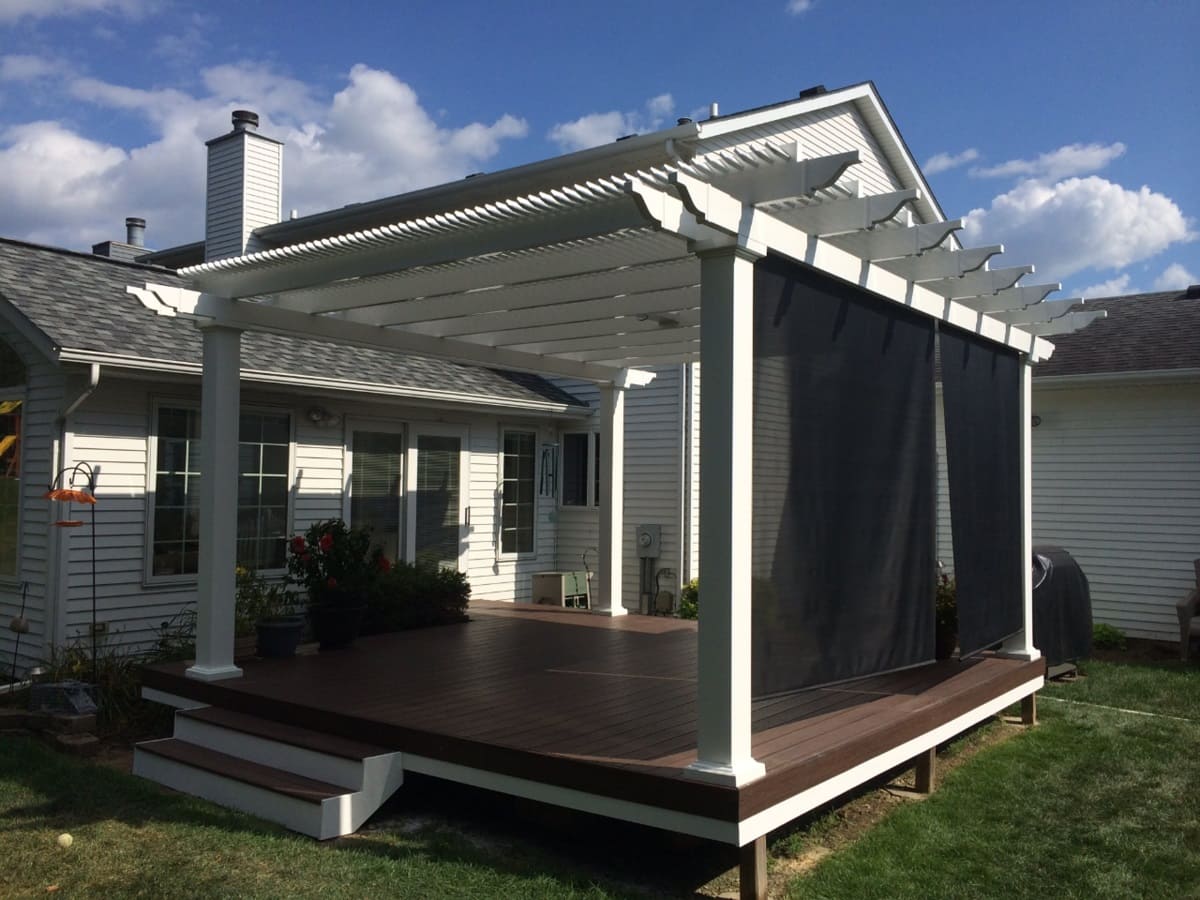
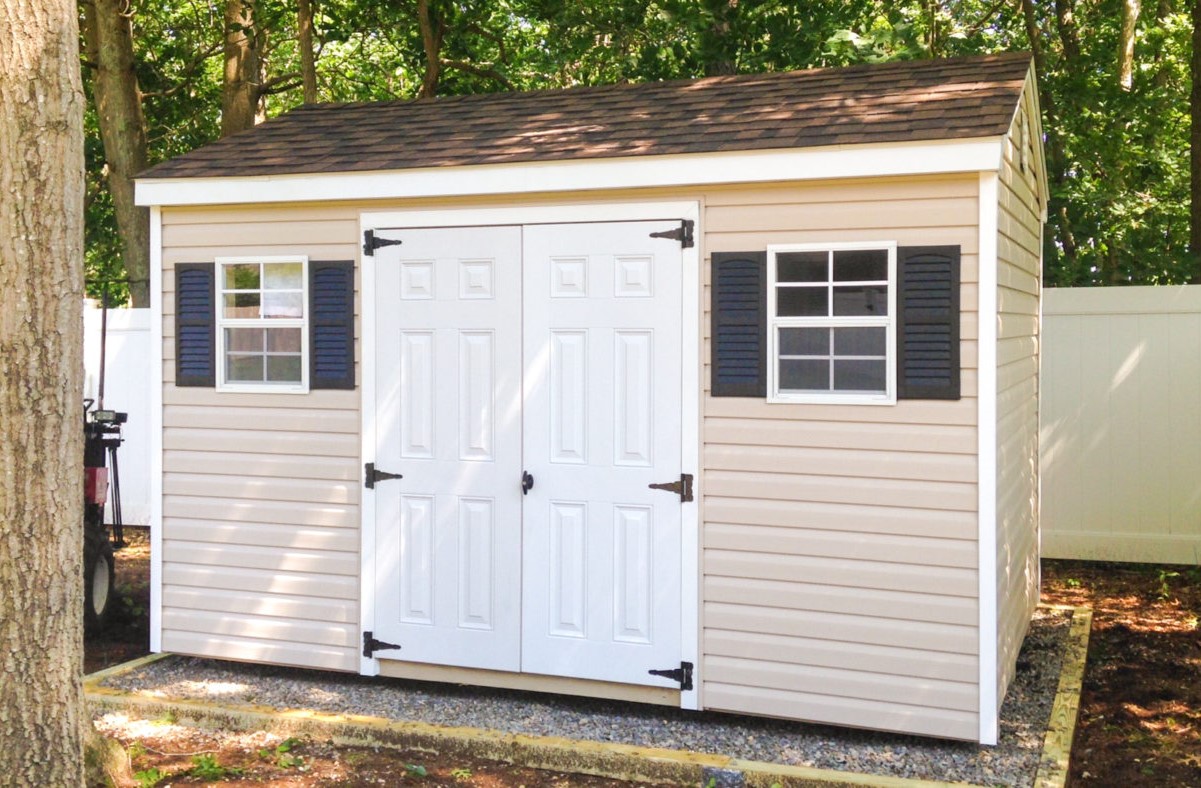
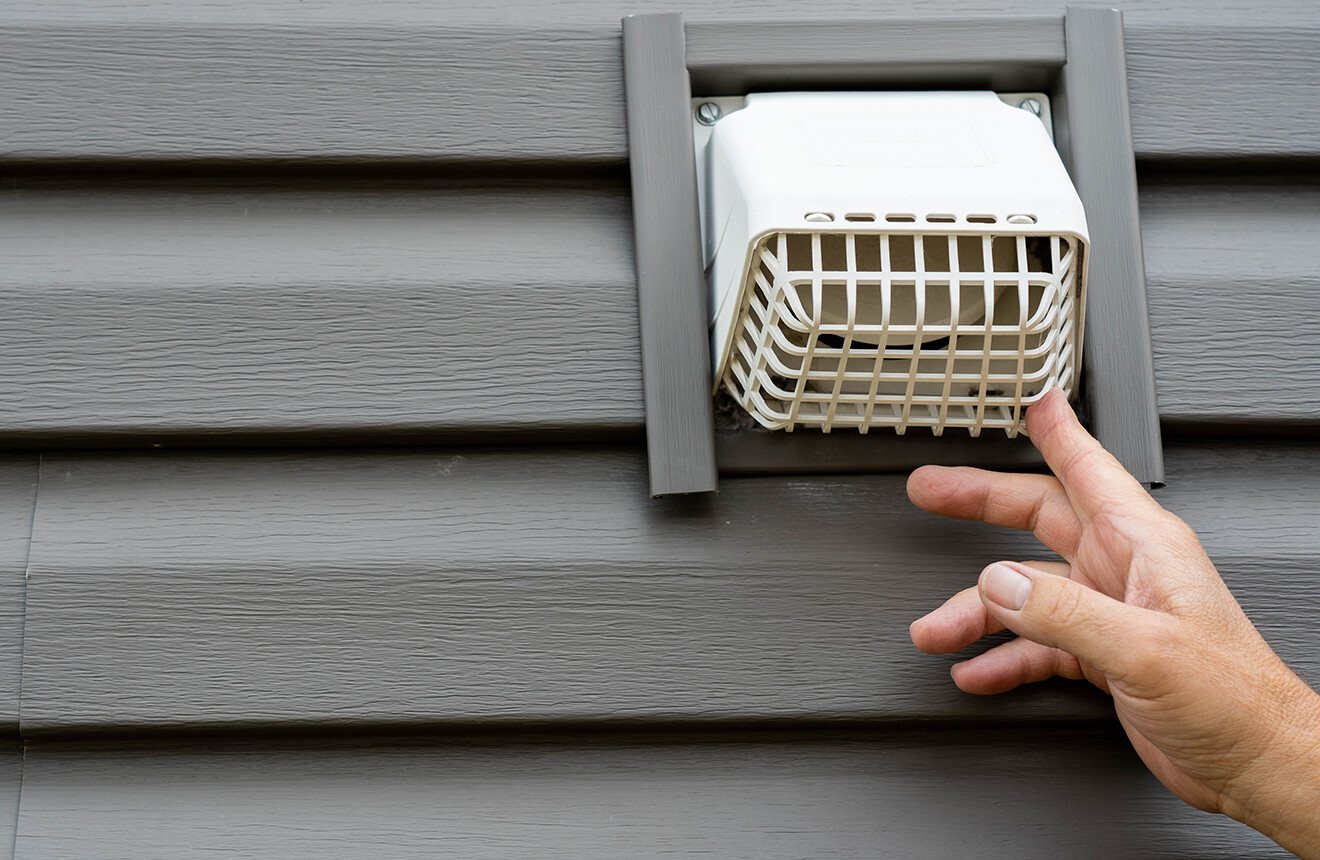
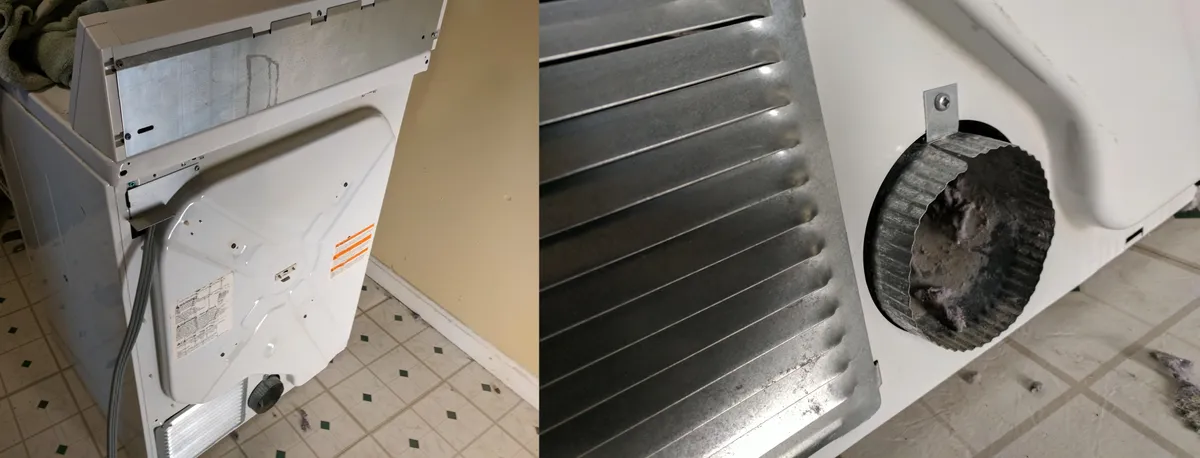
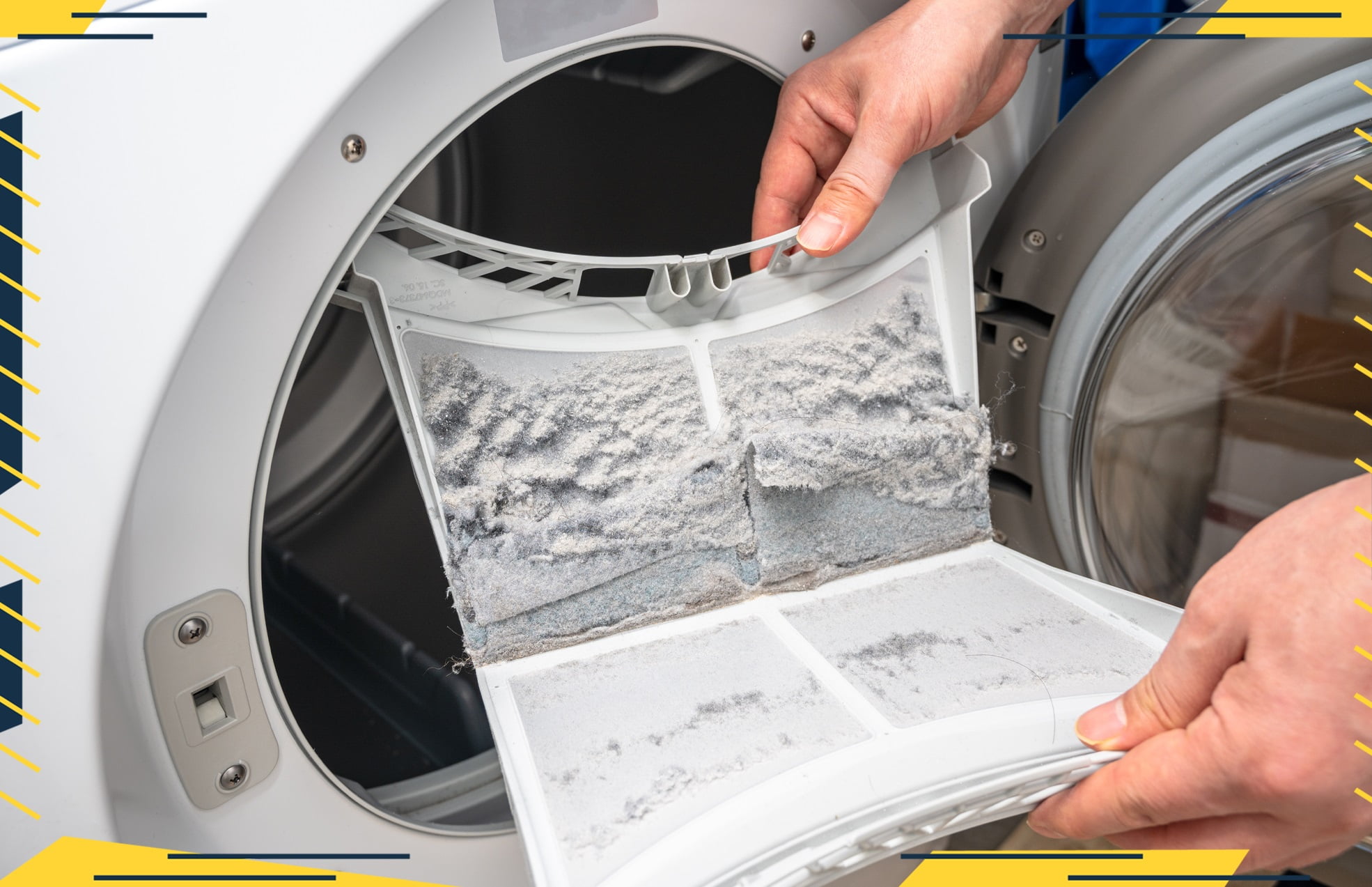
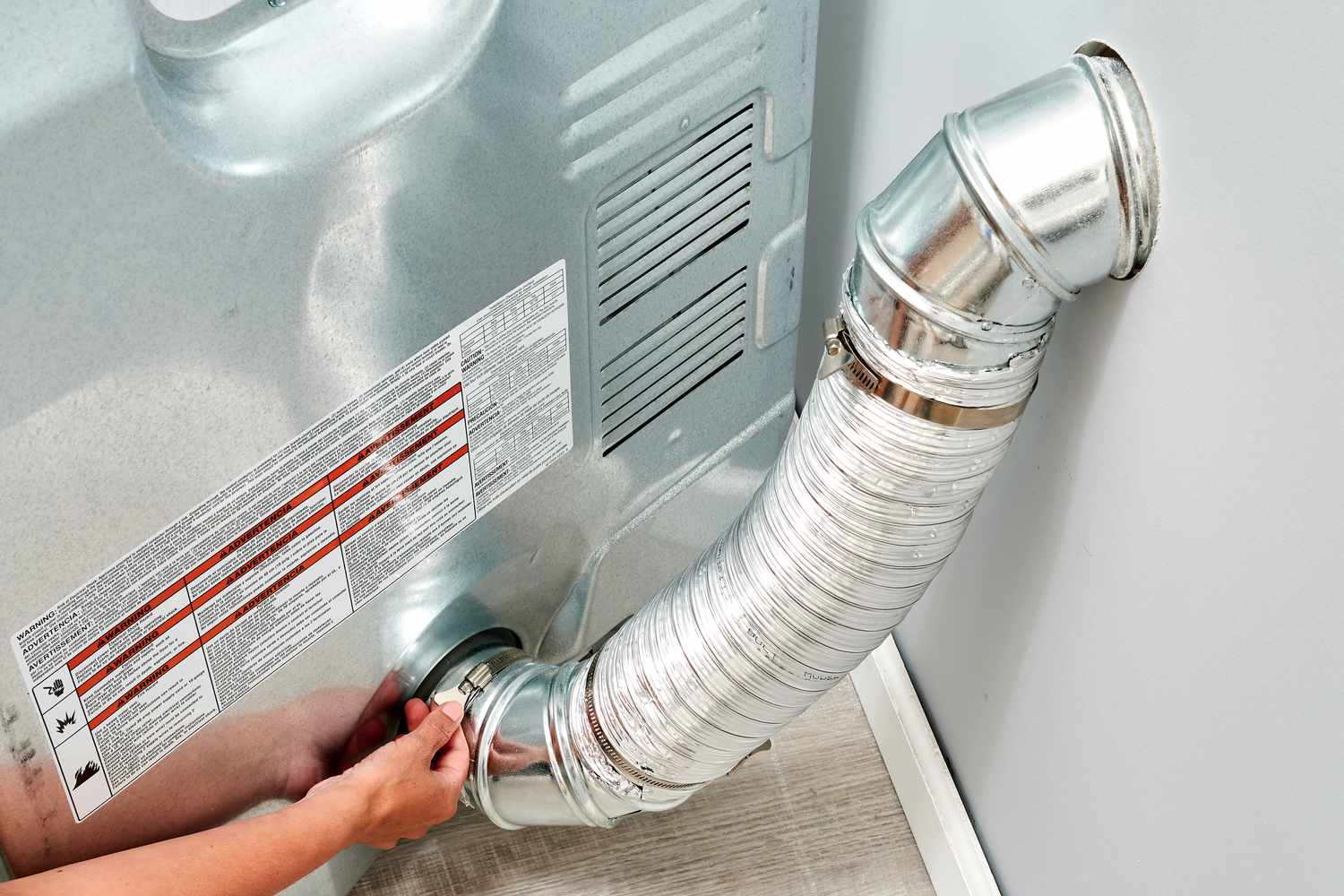

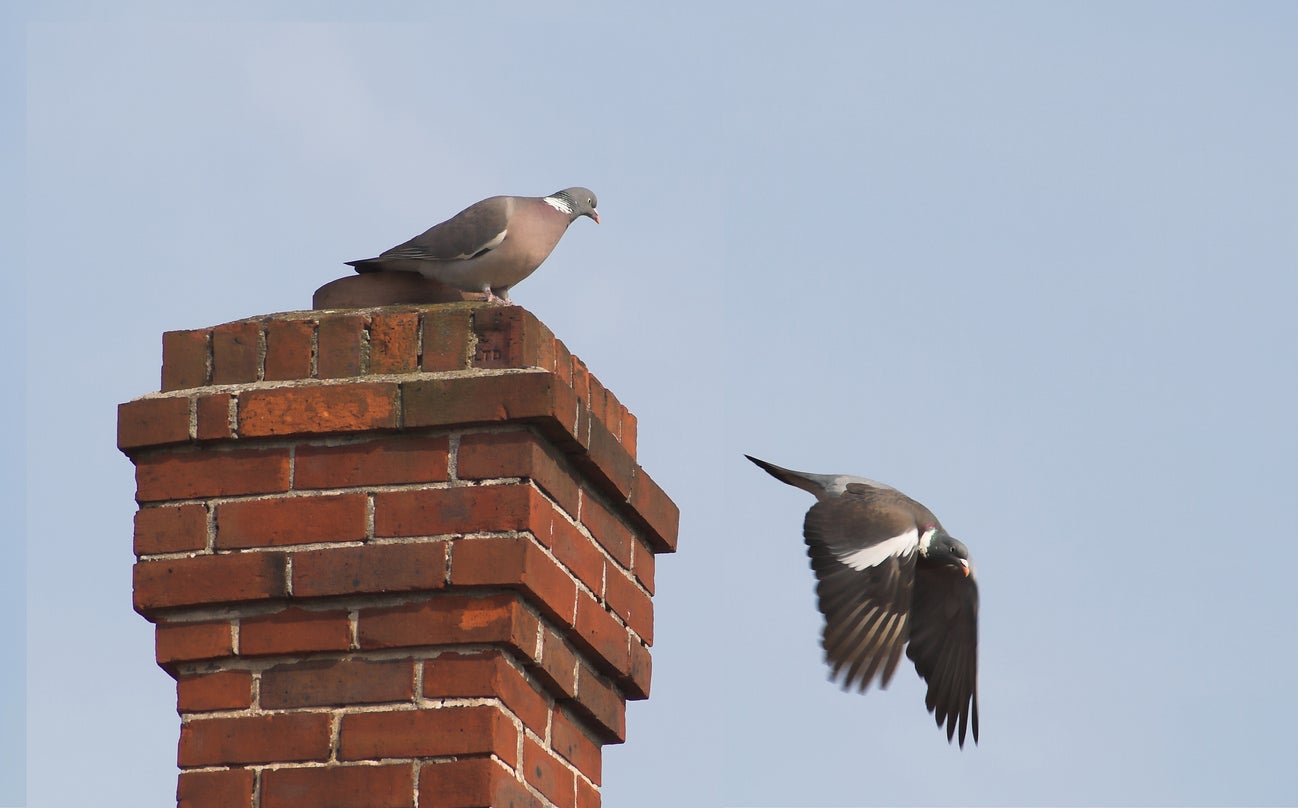
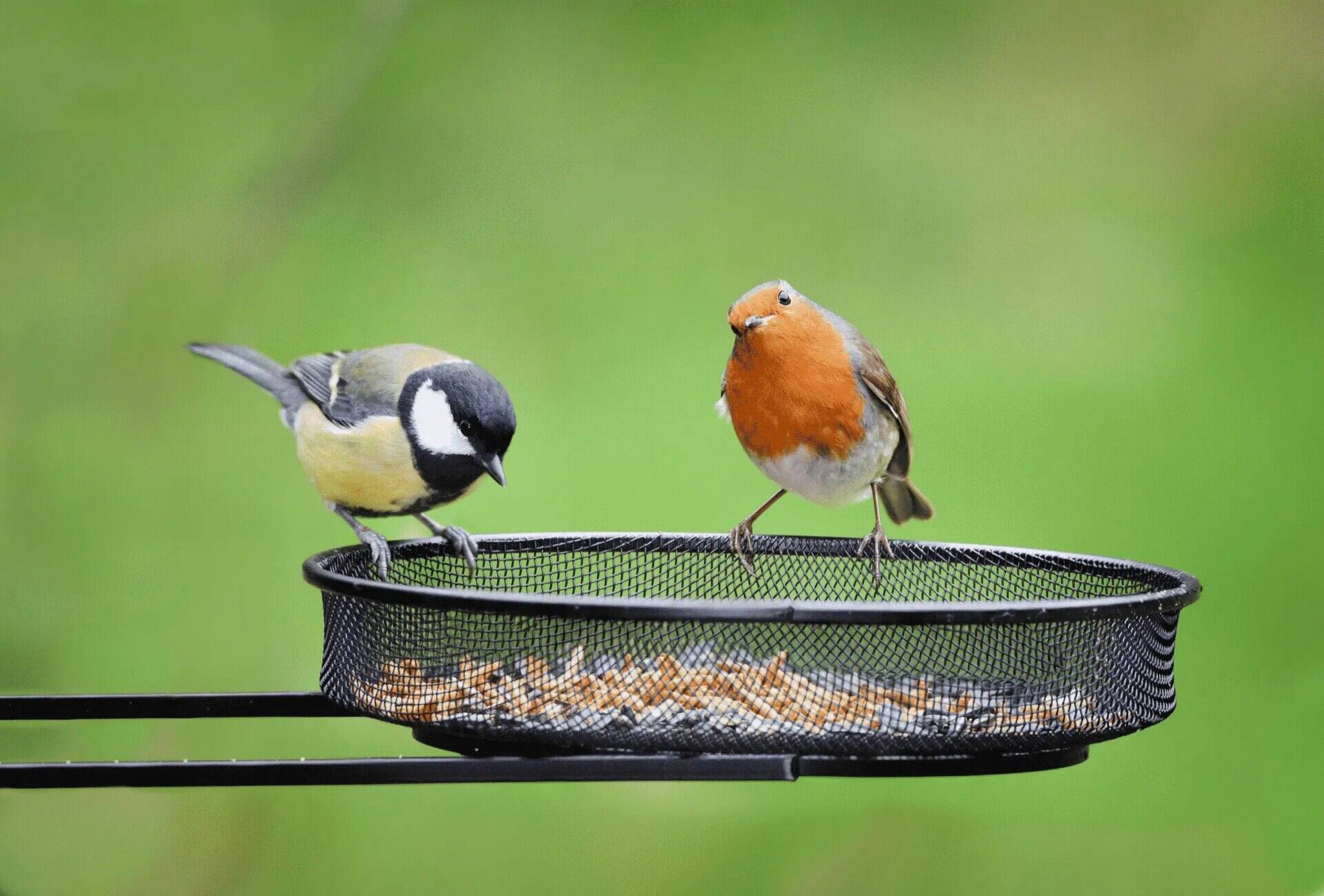
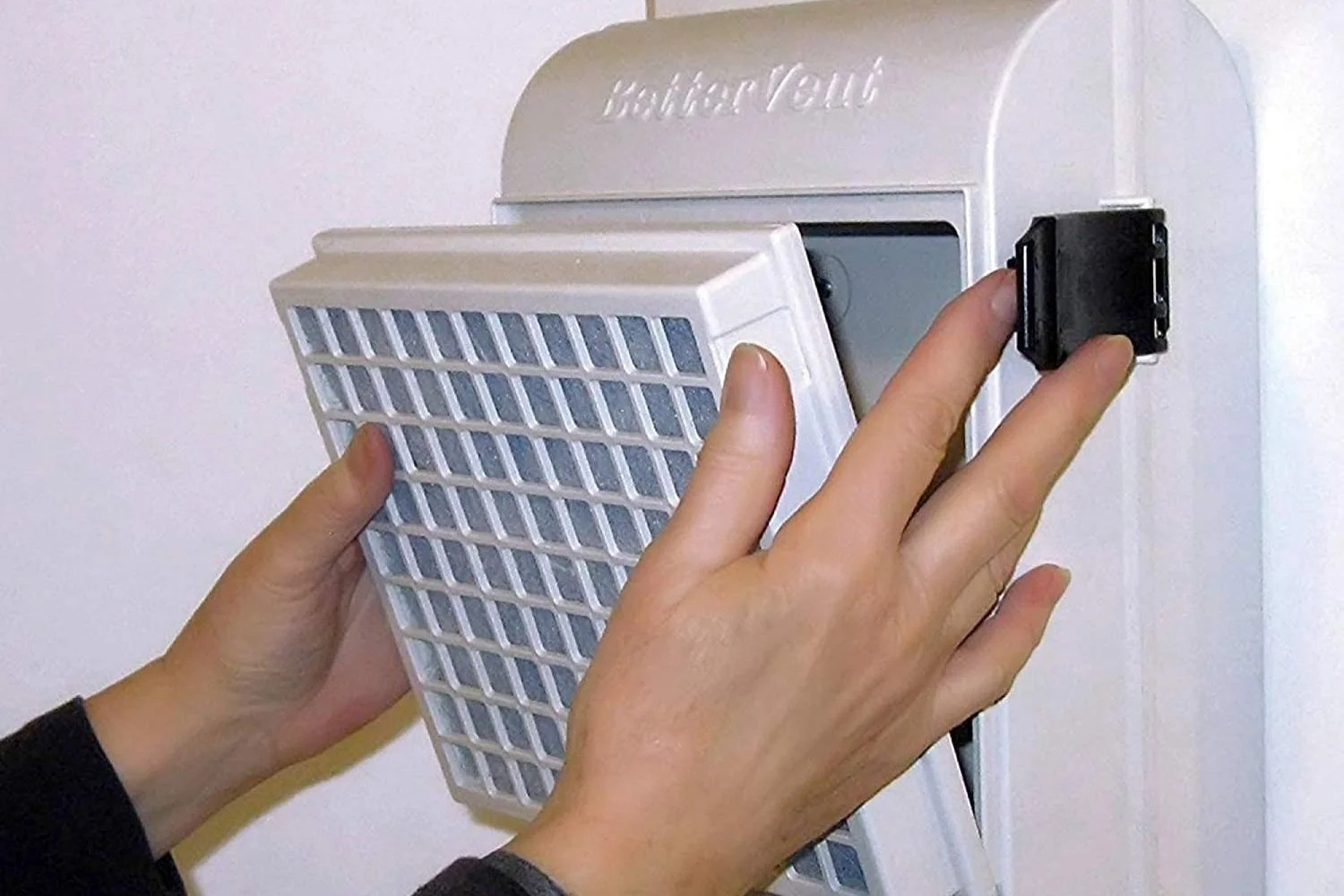
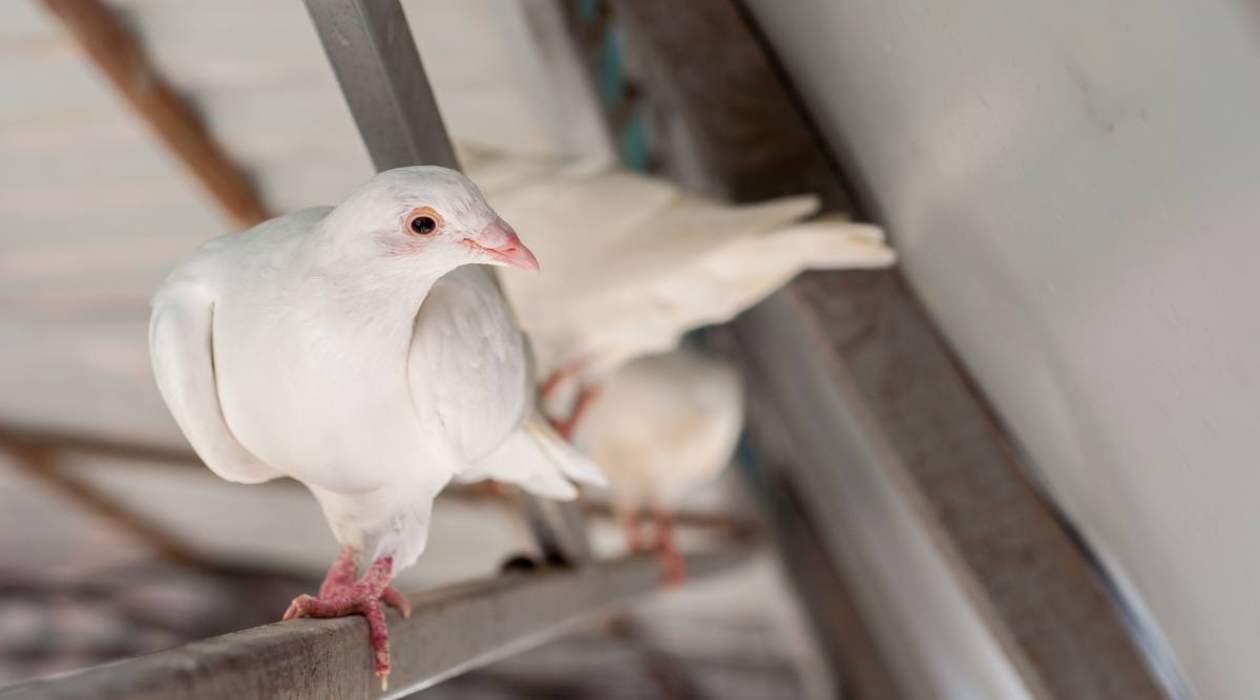
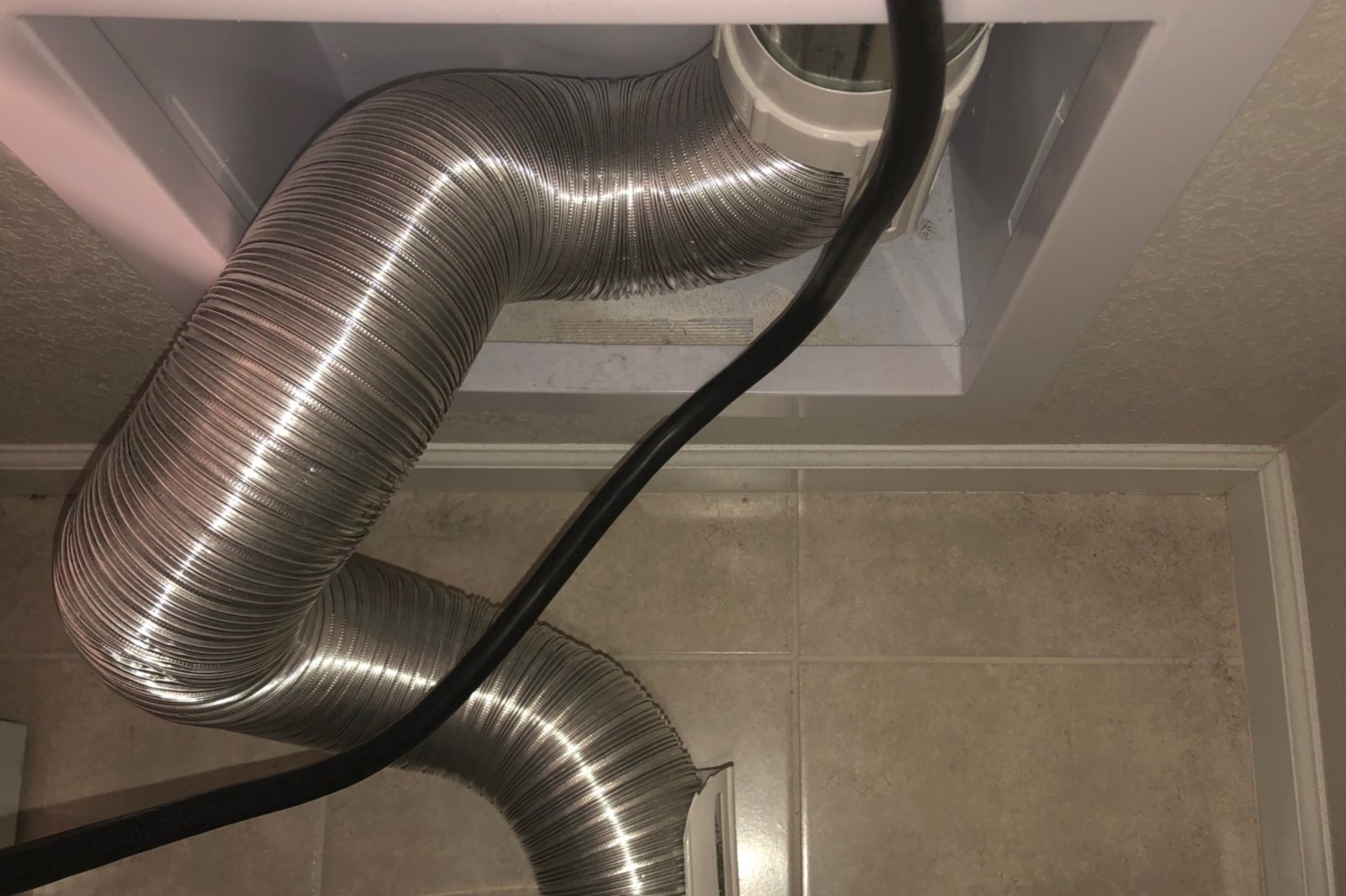
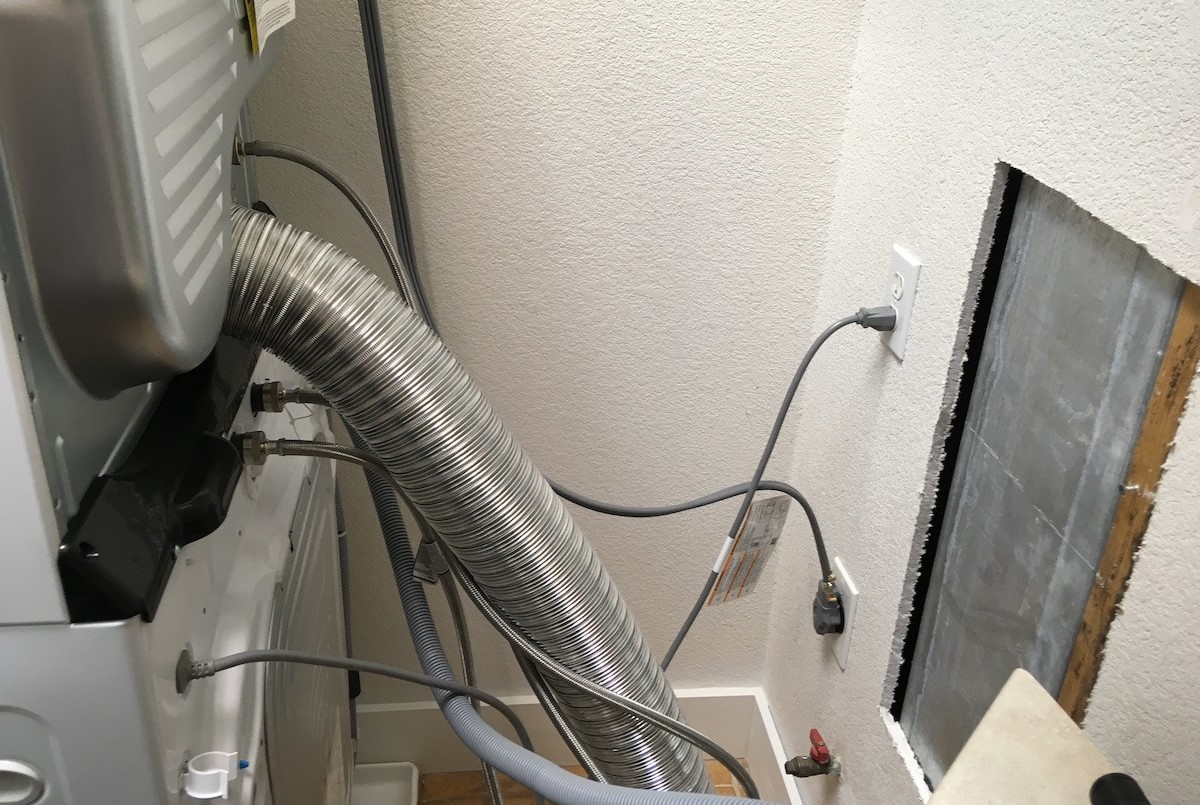
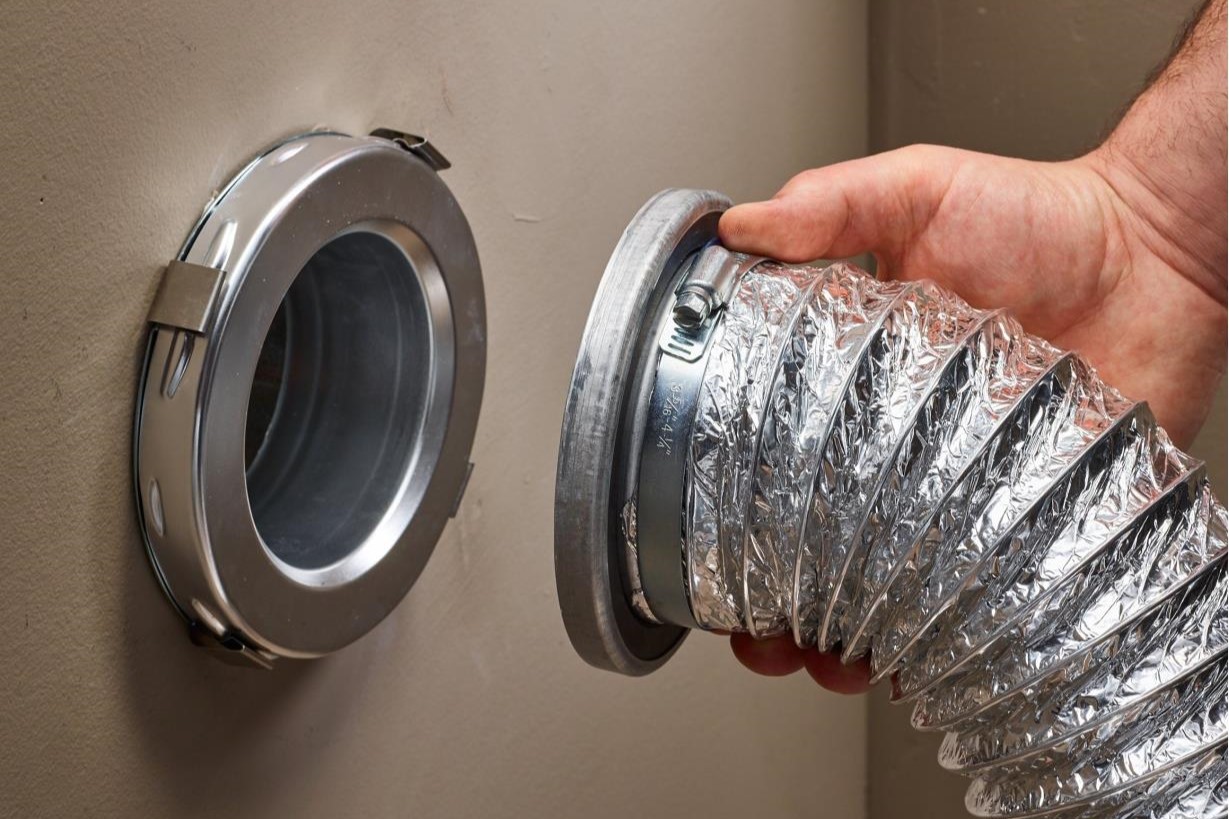

0 thoughts on “How To Keep Birds Out Of Dryer Vent”